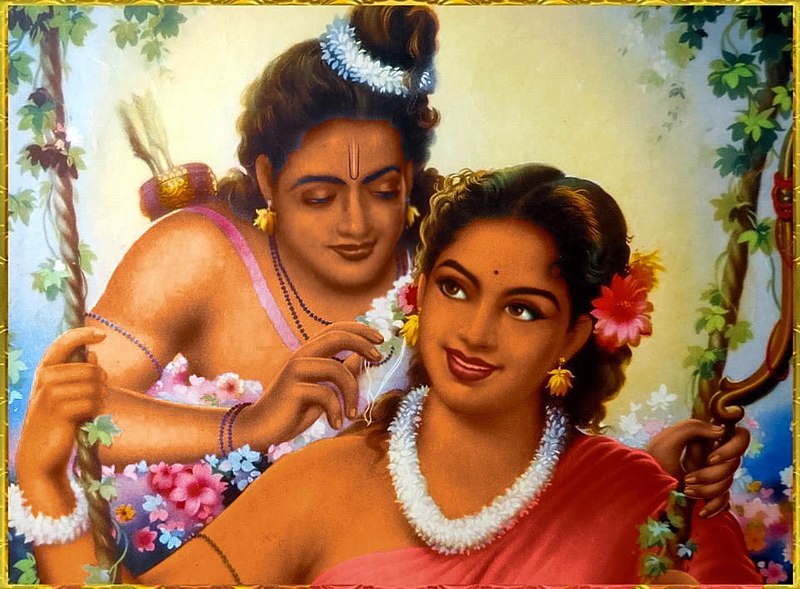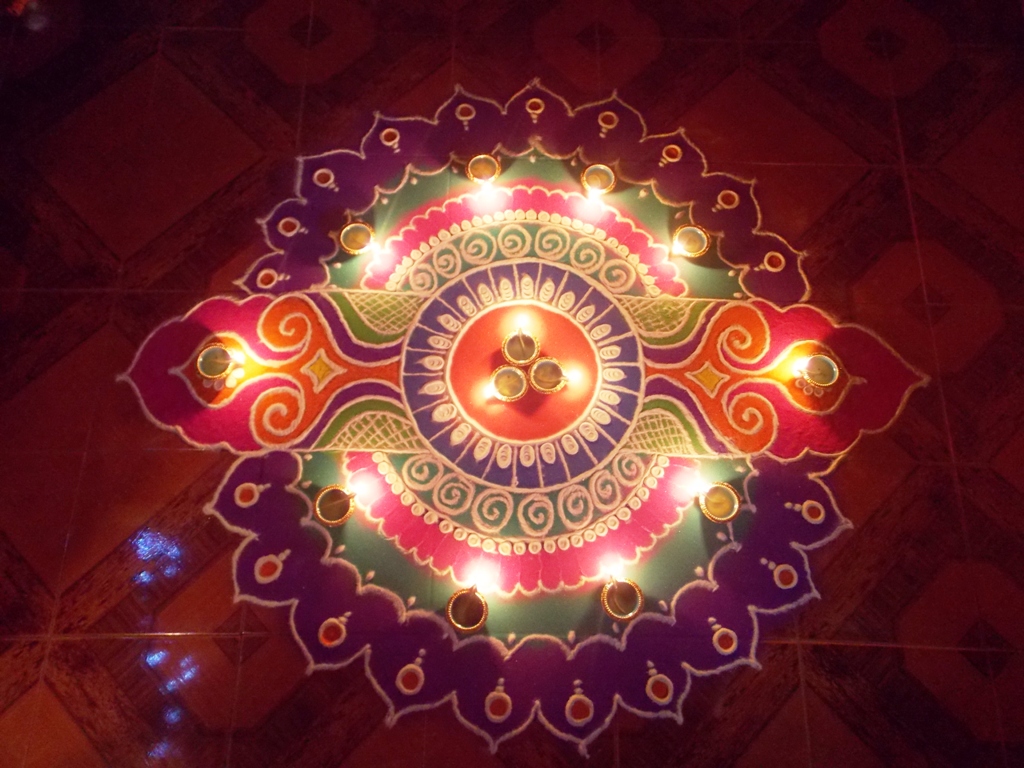Diverse Voices: South Asian Festival of Lights Diwali on the Rise in Popularity

Photo courtesy of Keval Tank of Wikimedia Commons through the Creative Commons Attribution-Share Alike 4.0 International license.
By Daniel Winner | AC JosepH Media Correspondent
Nov. 15 marked the last day of the ancient, yet popular holiday known as Diwali. Observed throughout the world by local and diasporic South Asian communities, the festival celebrates the spiritual victory of good over evil. The festival lasts for 5 days and begins on the new moon of the Indian month of Kartika, which falls anywhere between the months of October and November.
The story of Diwali — also known as “Deepavali” — begins with the renowned Hindu epic the Ramayana. In this tale, the hero Rama is charged with a mission to rescue his beloved wife Sita from the wicked demon king Ravana. With the help of his brother Lakshmana and a tribe of monkeys led by king Sugriva, Rama successfully slays Ravana and saves Sita.

Photo courtesy of Bajirao1007 of Wikimedia Commons through the Creative Commons Attribution-Share Alike 4.0 International license.
Hindus traditionally hold the belief that Rama was an avatar — or incarnation — of the god Vishnu, and that Sita was his consort, the goddess Lakshmi. Diwali is thus a commemoration of the triumph of righteousness and divine law — called “dharma” — over the forces of chaos and lawlessness.
Although the festival has Hindu origins, it is also celebrated by Buddhists, Jains, Muslims, Sikhs, and even Indian Christians; all of whom have a unique cultural and religious take. Regional variations can also be seen in countries such as Nepal, Sri Lanka, Pakistan, and Myanmar, to name a few.
Among Indian Americans, Diwali celebrations largely mimic those found in modern India. Oil lamps called diyas are lit to symbolize the dispelling of darkness from the boundaries of Indian homes. The name “Diwali” means “row of lights” based around this practice.
Another Diwali custom is the making of rangoli. Rangoli, meaning “row of colors,” is the art of creating colorful diagrams with sand, flower petals, and powdered minerals. The resulting patterns symbolize the household’s happiness and prosperity. They serve as auspicious symbols which ensure that the goddess Lakshmi will bless the family with wealth and prosperity.

Photo courtesy of Dinesh Korgaokar of Wikimedia Commons through the Creative Commons Attribution-Share Alike 4.0 International license.
The bulk of the festivities in South Jersey began early this month on Thursday, Nov. 2, with the Indian Cultural Center (ICC) of South Jersey hosting its Diwali Bazaar: A Community Celebration in Marlton. Present were traditional Indian shopping outlets, food vendors, and music performances by Pakistani singer and music producer Jimmy Attre and Marathi singer-songwriter Darshana Menon.
Other events included art-making and educational programs for kids and families, including:
- Diwali Crafts Program, Nov. 8 at Moorestown Library (Moorsetown, Burlington County)
- Celebrate Diwali!, Nov. 9 at Gloucester County Library Glassboro Branch (Glassboro, Gloucester County)
- Diwali Rangoli Sand Art for Teens, Nov. 13 at Toms River Branch Ocean County Library (Toms River, Ocean County)
Diwali has become a popular and well-recognized holiday in the United States. This year, the state of New York passed a bill to make Diwali a school holiday, just after the state of Pennsylvania declared it a public holiday back in spring. On May 26, New York Congresswoman Grace Meng announced the introduction of the Diwali Day Act, a bill that will designate Diwali as a federal holiday.
Asian Americans are currently the fastest-growing racial group in the United States, Indian Americans being the largest with an increased presence around 54.7% from 2010 and 2020. Moreover, New Jersey is the only state in which the largest immigrant population is from India, comprising 10% of all foreign-born residents and has the largest number of Hindus among all 50 states. The majority of the community resides in the northern part of New Jersey, but South Jersey clearly boasts a vibrant and spirited community as well.
EDITOR’S NOTE: Daniel Winner has a double major in Religious Studies and Japanese from Penn State University and has traveled internationally to the Far East on several occasions. His insights on Buddhism and Asian culture give a unique view of historical and modern trends. He is currently a contributor for Front Runner New Jersey.
Follow Us Today On:
Note from AC JosepH Media: If you like this story and others posted on Front Runner New Jersey.com, lend us a hand so we can keep producing articles like these for New Jersey and the world to see. Click on SUPPORT FRNJ and make a contribution that will go directly in making more stories like this available. Thank you for reading.





